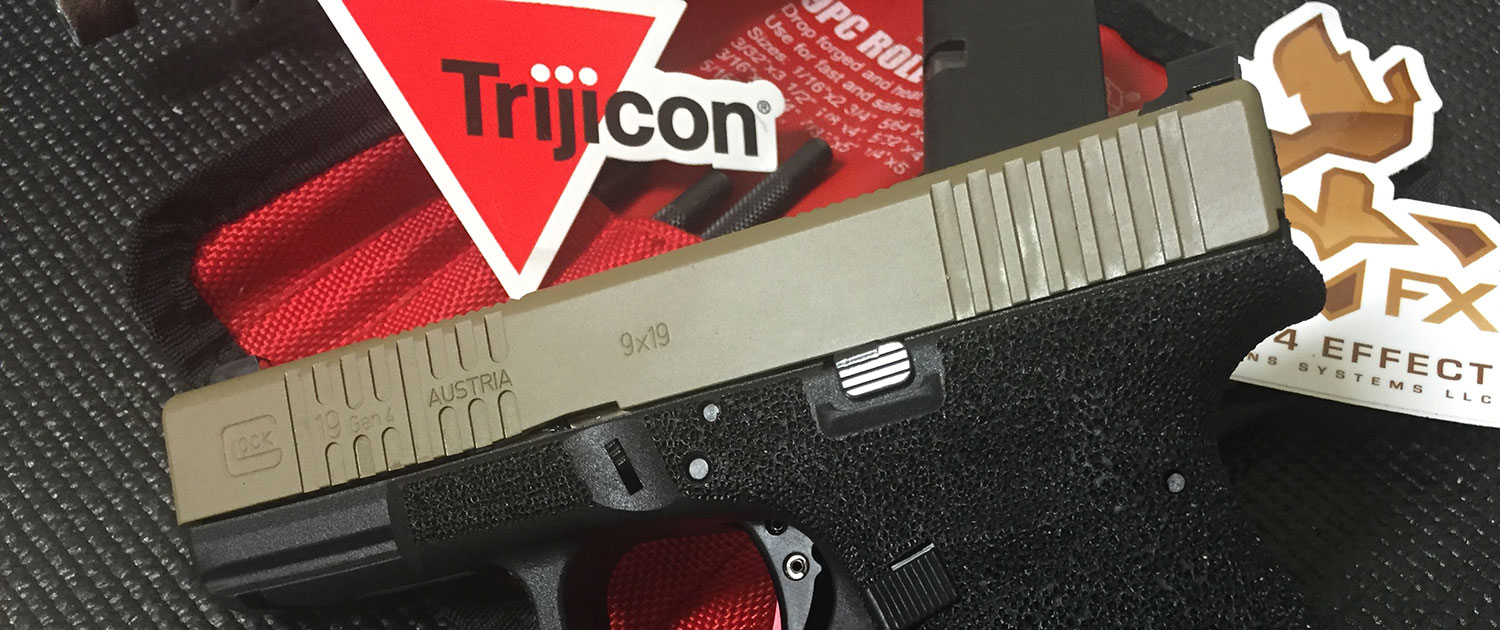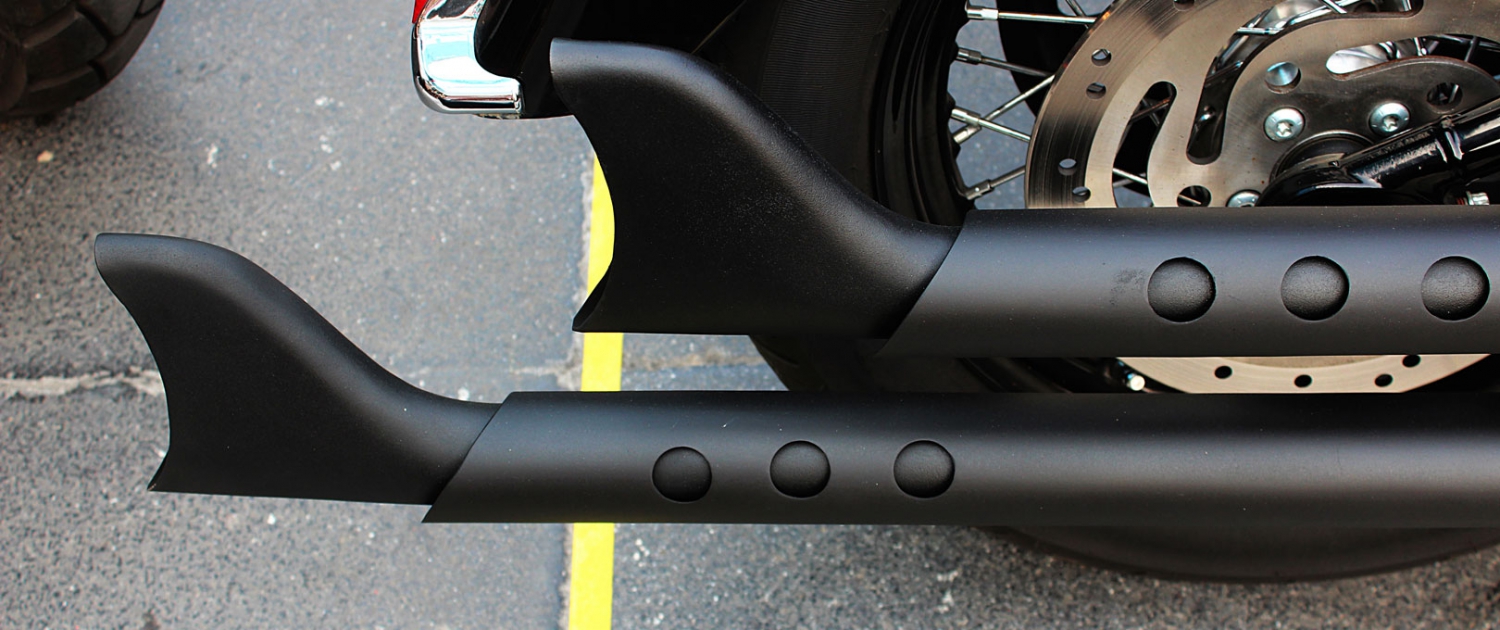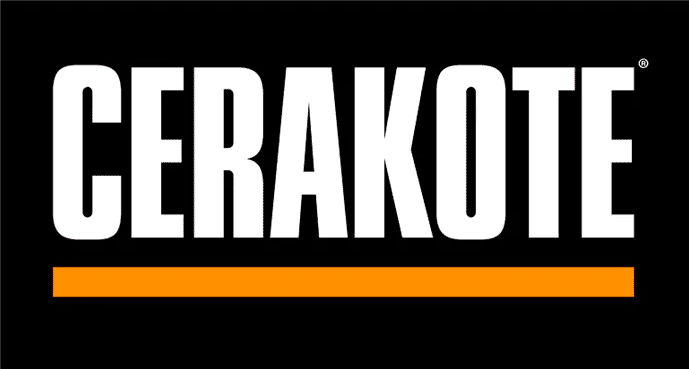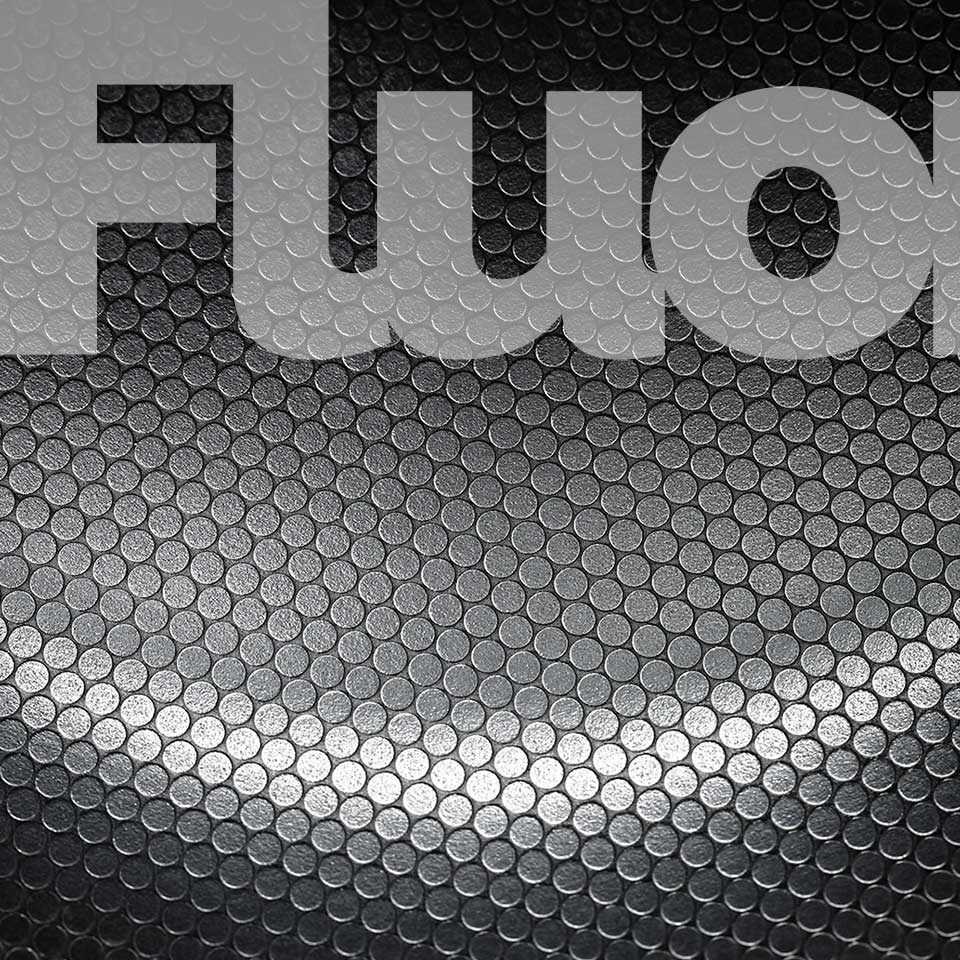Industrial Ceramic Coatings
Industrial ceramic coatings are used extensively to provide durability, hardness, scratch resistance, flexibility and chemical resistance to a wide range of applications. They can be applied to a variety of surfaces to improve the functionality of products and parts ranging from nuts, bolts, and golf clubs to firearms, engine parts, and heavy equipment.
Ceramic is a hard, brittle, heat-resistant and corrosion-resistant material made by shaping and then firing a nonmetallic mineral, such as clay, at a high temperature. The crystallinity of ceramic coatings can range from highly oriented to semi-crystalline, vitrified, or completely amorphous, like glass. Varying crystallinity and an electron composition enable most ceramic materials to be good thermal and electrical insulators. With a large range of possible compositions for ceramic coatings (e.g. nearly all of the elements, nearly all types of bonding, and all levels of crystallinity), there is a wide range of performance attributes, including hardness, toughness, electrical conductivity, etc.
Industrial ceramic coatings can offer a variety of useful properties including high melting temperature, high hardness, poor conductivity, chemical resistance and low ductility. Glass is not generally considered a ceramic because of its amorphous (non-crystalline) character, however, its mechanical properties are similar.
Traditional ceramic raw materials include clay minerals such as kaolinite. More recent materials include aluminum oxide. Today’s advanced ceramics include silicon carbide and tungsten carbide. Both are valued for their abrasion resistance and hence find use in applications such as the wear plates of crushing equipment in mining operations, medicine, electrical, electronics industries and body armor.










